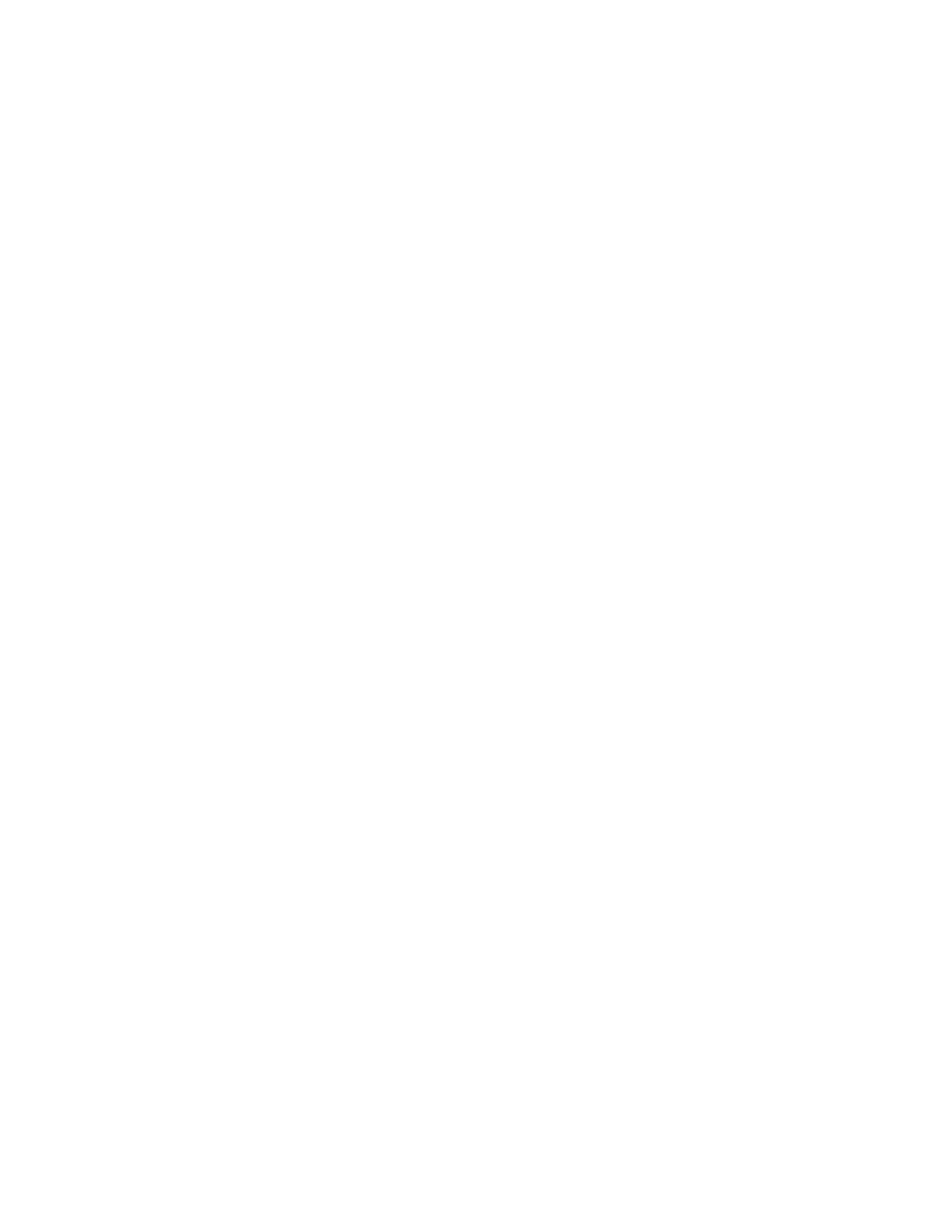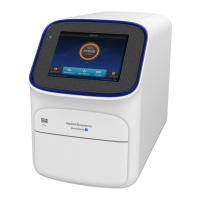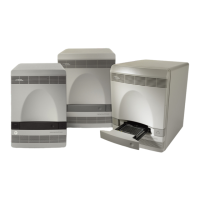From the software, you can use the plate layout as a selection tool to assign well
contents, to view w
ell assignments, and to view results. The plate layout can be
printed, included in a report, exported, and saved as a slide for a presentation.
One standard in a standard curve. The standard quantity for each point in a standard
curve is calculated based on the starting quantity and serial factor.
In genotyping and presence/absence experiments, a DNA sample with a known
genotype, homozygous or heterozygous.
In the software, the task for the SNP assay in wells that contain a sample with a
known genotype.
Fluorescent compound used to calibrate the instrument. See “system dye“ on
page 192.
In quantication experiments, the amount of target in the samples. Absolute quantity
can refer to copy number, mass, molarity, or viral load. Relative quantity refers to the
fold-dierence between normalized quantity of target in the sample and normalized
quantity of target in the reference sample.
A molecule aached to the 3′ end of probes to prevent the reporter from emiing
uorescence signal while the probe is intact. With reagents, a nonuorescent
quencher-minor groove binder (NFQ-MGB) can be used as the quencher.
Regression coecient calculated from the regression line in the standard curve. An
important quality value, the R
2
value indicates the closeness of t between the
standard curve regression line and the individual C
t
data points from the standard
reactions. A value of 1.00 indicates a perfect t between the regression line and the
data points.
A plot of raw uorescent signal as detected through each emission lter, used to view
raw data for individual wells and at individual cycles.
A solution that contains all components to run the PCR reaction, except for the
template (sample, standard, or control). Also called a “PCR cocktail”.
The PCR reaction components used to amplify the target and to detect amplication.
Process of collecting uorescence data during PCR. Data from the real-time PCR are
used to calculate results for quantication experiments or to troubleshoot results for
genotyping or presence/absence experiments.
In relative standard curve and Comparative C
t
(ΔΔC
t
) experiments, the sample used
as the basis for relative quantication results. Also called the calibrator.
Type of calibration in which the software maps the positions of the wells on the
sample block of the instrument. The software uses the ROI calibration data to
associate increases in uorescence during a run with specic wells of the plate or
array card. A calibration image for each individual lter must be generated to account
for minor dierences in the optical path.
point
positive control
pure dye
quantity
quencher
R
2
v
alue
Raw Data Plot
reaction mix
reagents
real-time PCR
reference sample
region of interest
(ROI) calibration
Limited product warranty
QuantStudio
™
6 and 7 Flex Real-Time PCR Systems v1.6 Maintenance and Administration Guide
189
